For people who make the effort to get up before sunrise for an uninterrupted run on their favorite route, the V6-powered Lotus Amera oozes perfection. As the sports car scene becomes increasingly saturated with powerful giants masquerading as featherweights, the little Lotus looks like a product of a bygone era. A time when driver engagement, not screaming performance statistics, defines what a sports car should be.
This is nothing new. It is this very philosophy that has defined Lotus from the beginning. However, what the British brand builds and, ultimately, its identity is changing today.
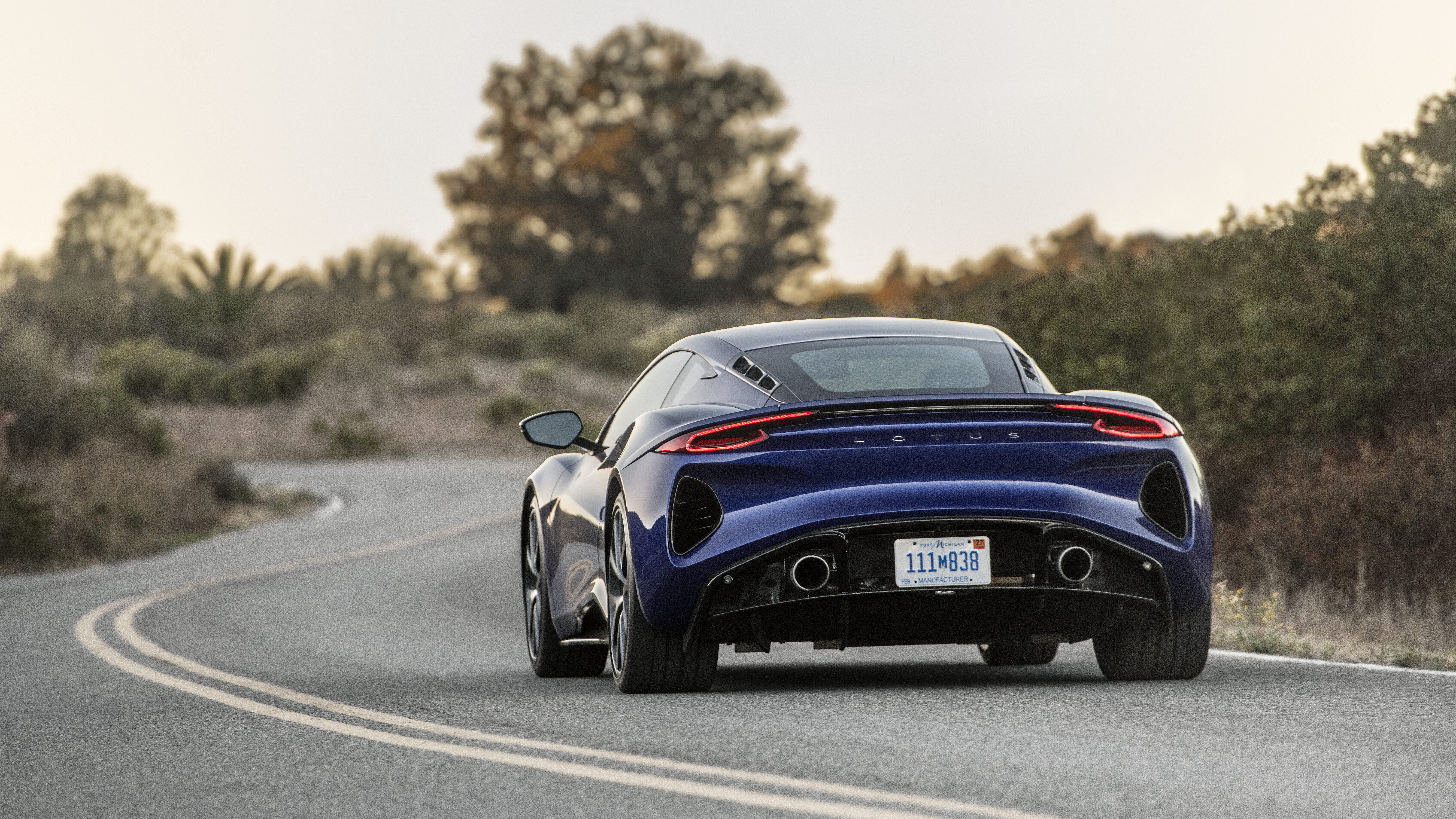
I haven’t driven the Eletre SUV or the Emeya sedan because they’re not available for sale in the U.S. yet, so I can’t go on a virtual stage and declare this pair of electric cars to be the end of Lotus before I promptly faint and get carried offstage. However, given the disparity in powertrain choice, form factor, and sheer size, you don’t need a sit-down time to figure out that these new cars are taking the brand in a whole new direction. One creates tension with his legacy.
It is at this pivotal moment that the new Lotus Emira 2.0T begins to appear in showrooms across the country. In contrast to electric cars, which in the eyes of enthusiasts are merely sacrilege, this mid-engined four-cylinder sports car arrives as usual. It’s really light, great looking and surprisingly practical.
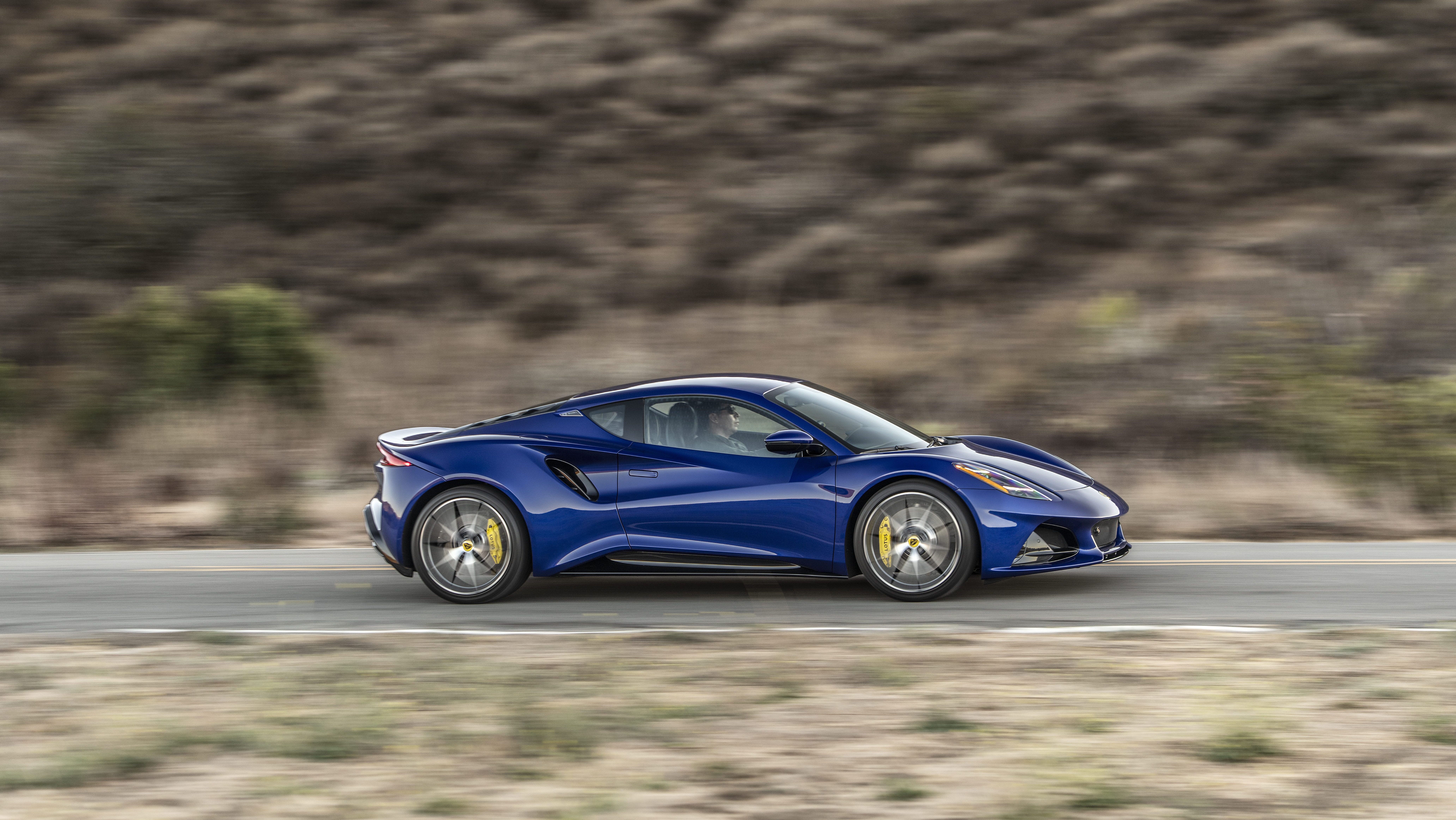
While the idea of a self-driving Lotus-only car would have been controversial a decade ago, the threat of electrification has even the harshest critics trying to keep an open mind for once. Which is great, considering the 2.0T isn’t just the entry-level Emira. For all but the die-hard Lotus fan, it’s the must-have piece.
Despite loyal dedication, the past two decades of U.S. sales show that catering only to a crowd for which Colin Chapman quotes are holier than Bible verses is no great way to sustain an automotive brand. And while the V6-powered Evora offered an automatic option to broaden its appeal, it was a torque converter pulled from Toyota’s catalog, not a formidable competitor to the Porsche Cayman PDK. The V6 Emira follows a similar formula and faces the same limitations.
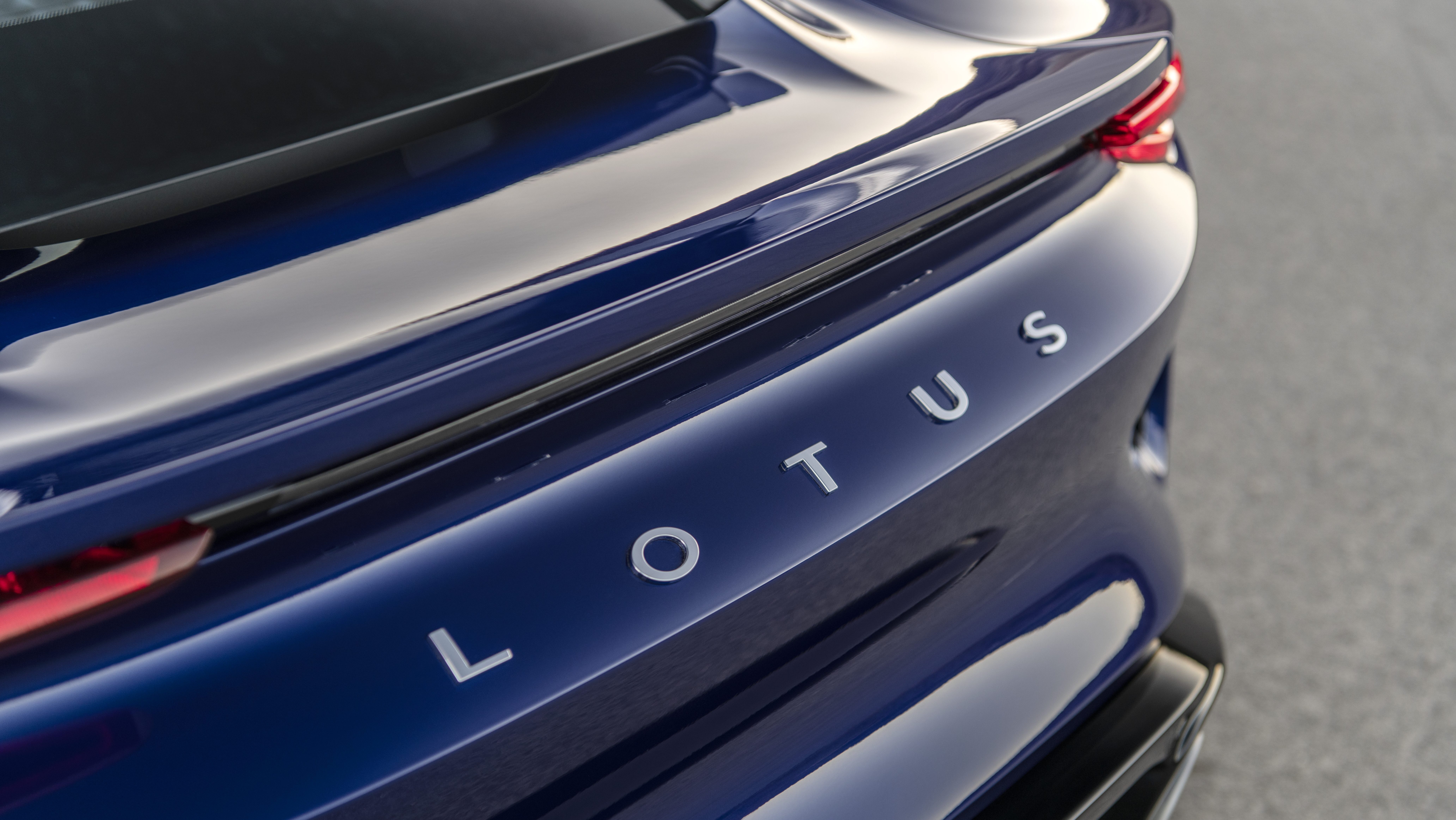
In contrast, the Lotus Emira 2.0T offers an opportunity to entice potential buyers with a car that exudes personality but also feels purpose-built to move through the gears independently. Lotus achieves this by pulling its hand from Toyota’s parts bin to Mercedes-AMG. After researching, she pulled the 2.0-litre turbocharged engine from the AMG 35 and 45 and the dual-clutch automatic transmission, and transplanted them into the back of the Emira.
The results are promising right away. Despite incorporating a heavier transmission, the four-door’s smaller engine footprint is lighter than the V6 range. Thus, the entry-level Emera’s curb weight of 3,187 pounds falls slightly short of the V6’s 3,212-pound figure. However, it still produces 360 horsepower and 317 pound-feet of torque, which isn’t far off from the V6’s 400 horsepower and 310 pound-feet of torque. Granted, that’s not a lot considering this car’s $99,900 base price, but I’ll come back to that.
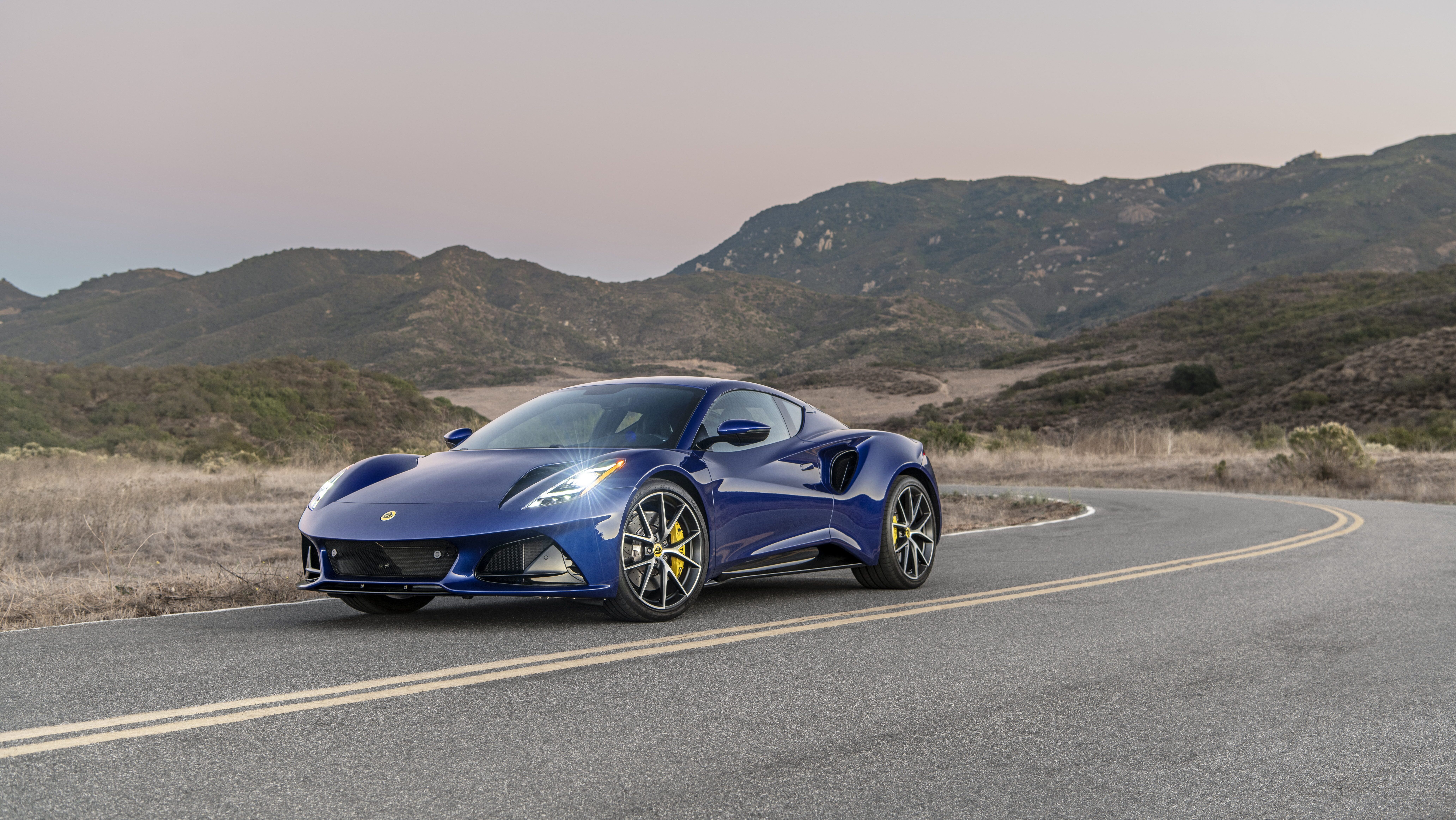
When you first get moving in a Lotus Emira 2.0T, you quickly realize that it offers an almost opposite experience to a V6 from a power delivery point of view. Peak torque arrives at 3,000 rpm, lower in speed than its sibling, making it feel much quicker when accelerating from lower revs. The quick-shifting DCT makes the modest torque figure seem understated. He exploded off the line as his brother needed time to build speed.
At the same time, its power delivery remains fairly constant as it heads towards the 7,200rpm redline, only tapering off as you approach the apex. That’s a full 400 rpm beyond what the V6 can manage. Contrary to what one might expect, if you want the higher-revving version of this sports car, you’ll need to opt for the Lotus Emira 2.0T.
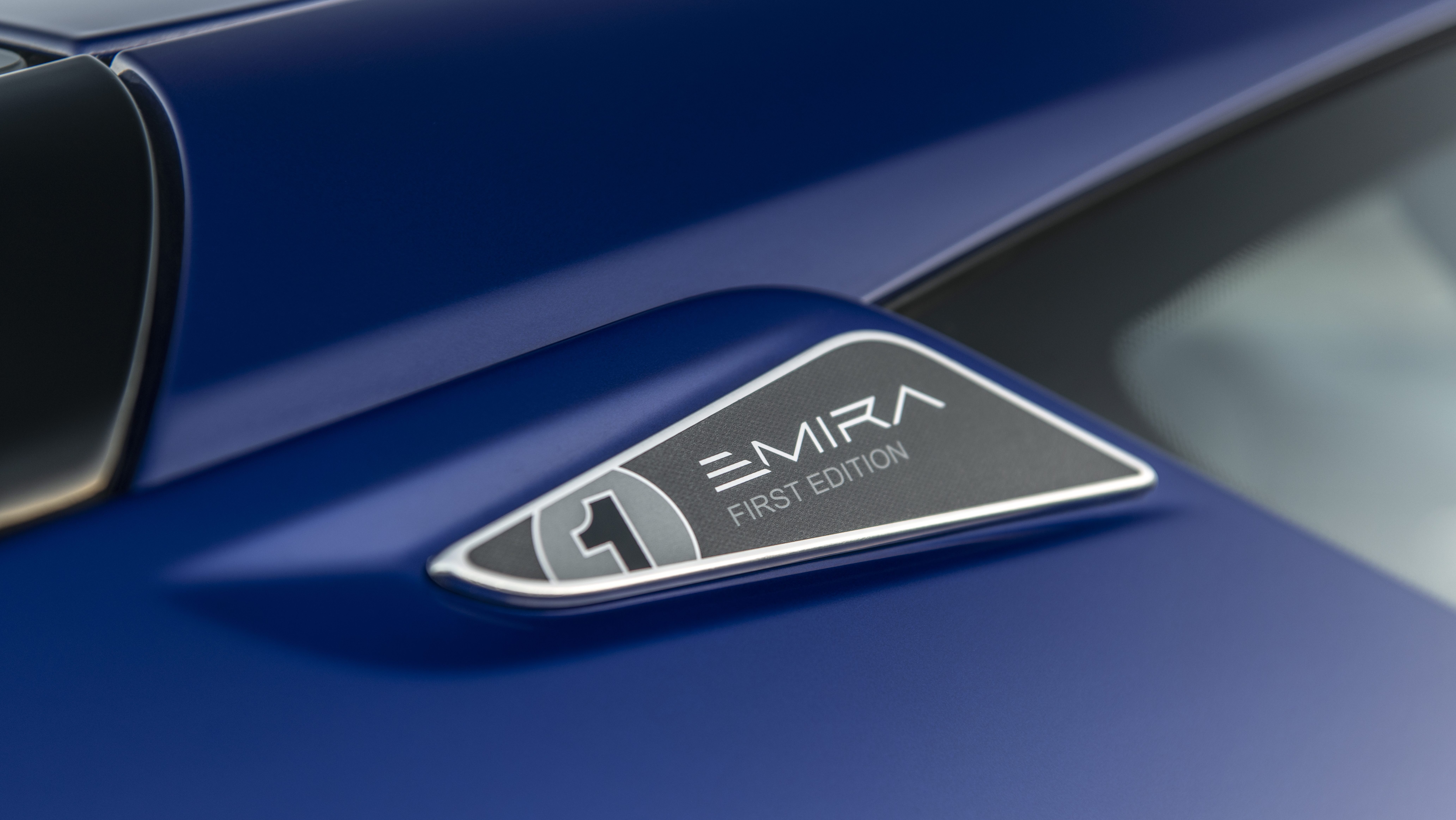
Although these four built-in speakers are powerful, their sound is somewhat conventional. Although some turbo noise adds to the experience, you still get a somewhat muffled tone, helped only by the subtlest hint of twang. However, the 3.5-liter V6 isn’t particularly resonant either. Whichever you choose, you’re ultimately interested in performance, lightness and responsiveness, not sound. This is the area where the Porsche 718 Cayman GTS 4.0 has its sporty Lotus rhythm.
However, regardless of the engine powering it, one of the Lotus’s greatest strengths is that it works not so Porsche. As good as the Cayman is, it’s become somewhat ubiquitous, and the Emera makes a compelling counter-argument for those who want something different. There is a strong argument that the Lotus is the better of the two. It retains its supercar proportions and simple, elegant design delivered in a compact package. There’s a nod to the phrase “Honey, I’ve downsized the Ferrari” in this car, and its appearance allows it to appeal to a wider audience than the more die-hard enthusiast-oriented Elise and Evora.
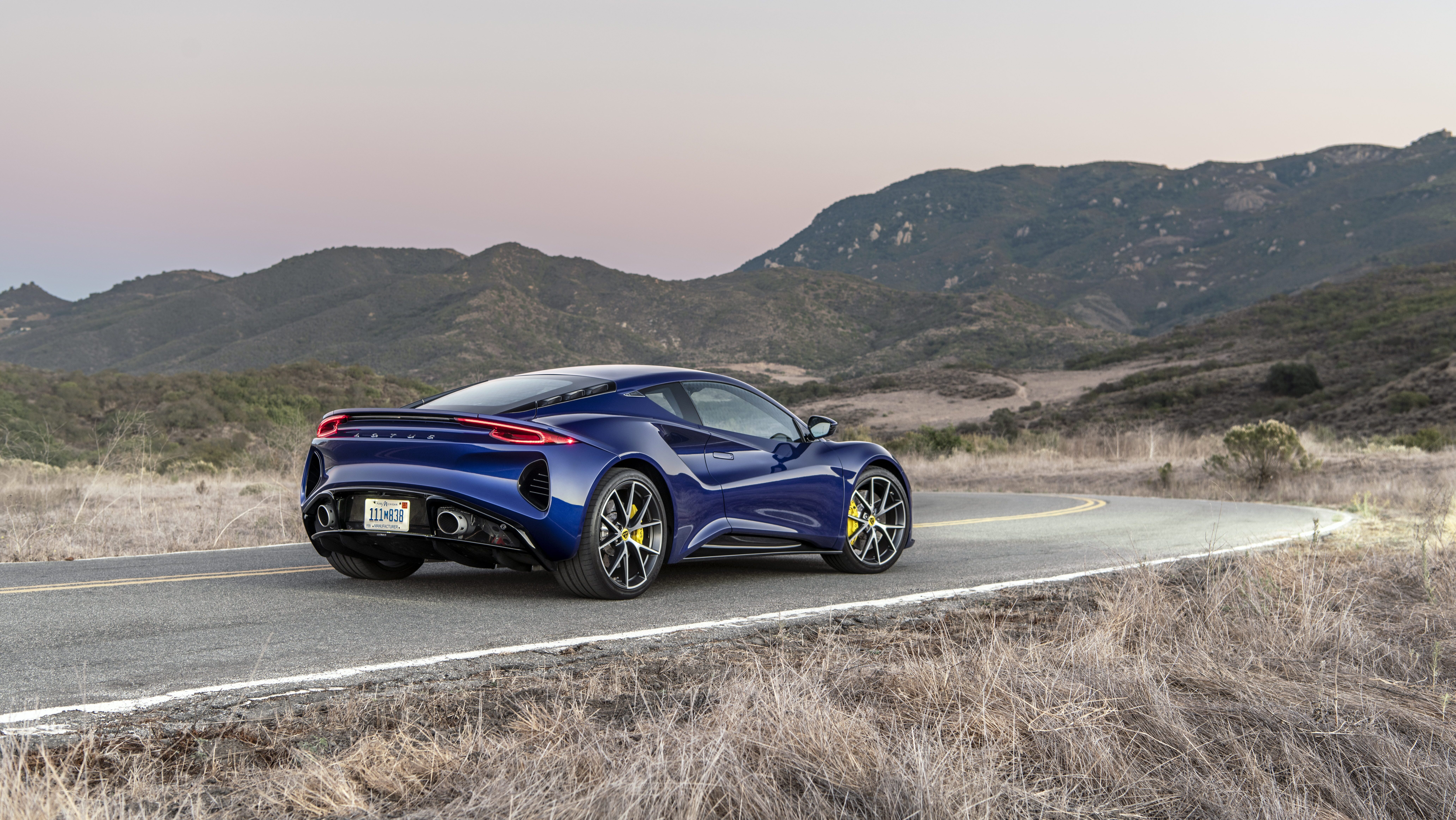
Its design draws people in, but its ease of use tempts them to stay. If I told you that the Lotus Emira 2.0T is not only fast, but light on its feet, agile on the back road, and offers near-perfect handling, you’d say, “Duh, that’s a Lotus.” But what you might not expect is how this powertrain change expands the potential use case. The V6 Emira equipped with the manual is by no means a challenge to drive. However, it is not a convincing one-car solution for those who live in high-traffic areas. 2.0T is.
AMG DCT is not just about being fast on winding roads. It settles well around town. When you’re just looking to get somewhere, you can turn it on and go about your day without thinking twice. The cabin is quiet at low revs, while the Emira’s interior build quality is superior to the Evora’s. The First Edition model I drive is beautifully damped, providing a compliant ride over rough surfaces. There is ample storage space spread across a decent-sized trunk and a storage shelf behind its seats. This car is geared for weekend getaways or road gatherings despite its size.

As are its seats. The pair is comfortable, and it’s easy to find the right seating position, since the wheel and pedals are precisely aligned as you want them to be. The excellent visibility of this cabin makes it accessible to those looking to experience a mid-engined car for the first time.
However, there are some quirks. Operating the gear selector requires careful consideration, as it requires double input because it defaults to a central position. Its transport paddles are small and feel flimsy for the touchpoint you’re constantly in contact with.
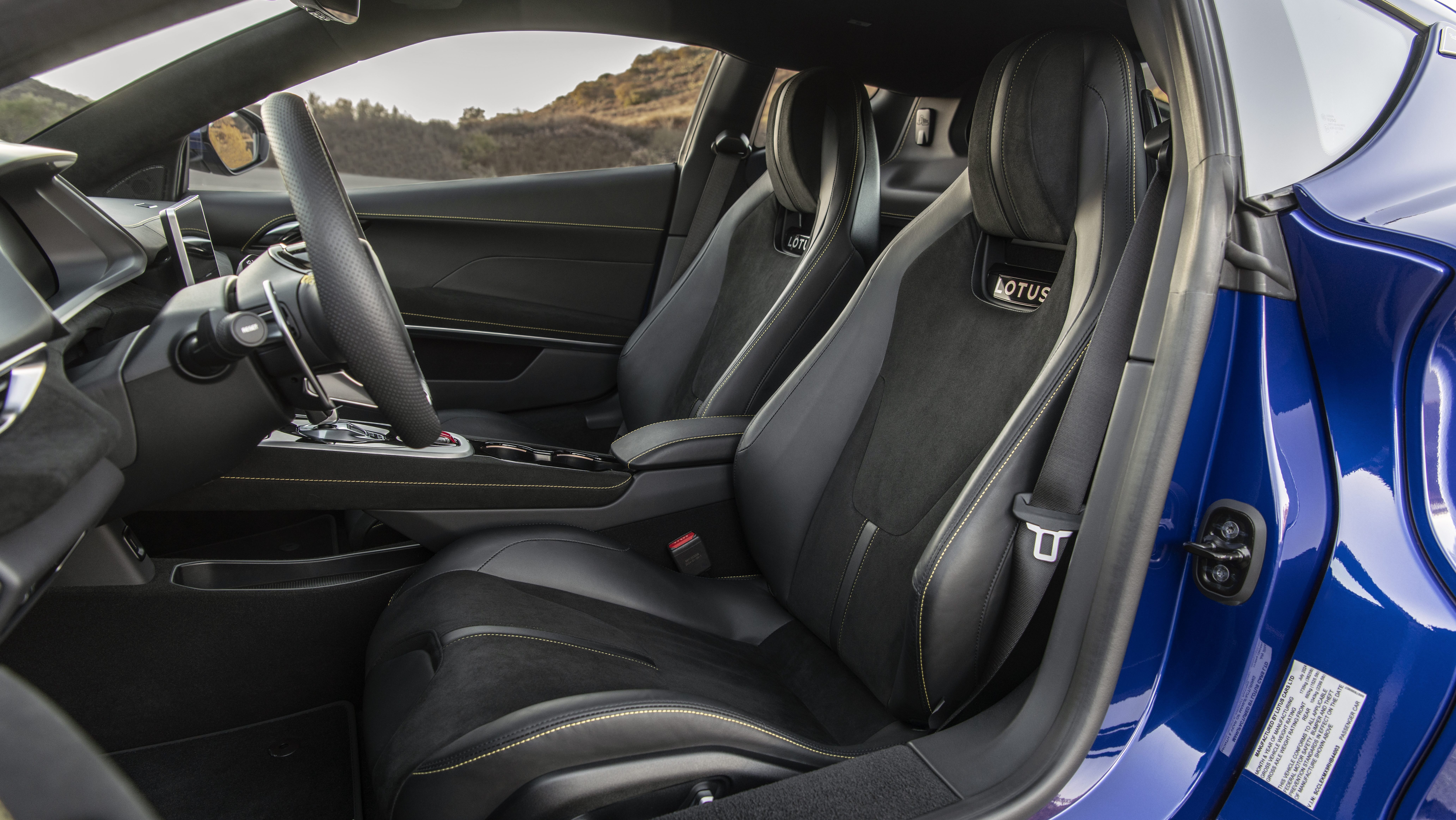
The Lotus Emira 2.0T is a great-looking mid-engined sports car that remains exciting despite being equipped with an automatic transmission. However, there is still an elephant in the room, and that is its price.
A 2024 Lotus Emira 2.0T like this starts at $99,900, not including destination charges. The comparable 2024 Porsche 718 Cayman GTS 4.0 starts at $95,200, not accounting fees, while the current 2025 model comes in at $99,700 after a recent price increase. Given that Porsche matches Lotus from an ease-of-use perspective at a similar price point while offering a more compelling flat-six engine, the Emera has strong competition. Spend a little more, $113,795 to start, and you’ll be in Corvette Z06 territory.
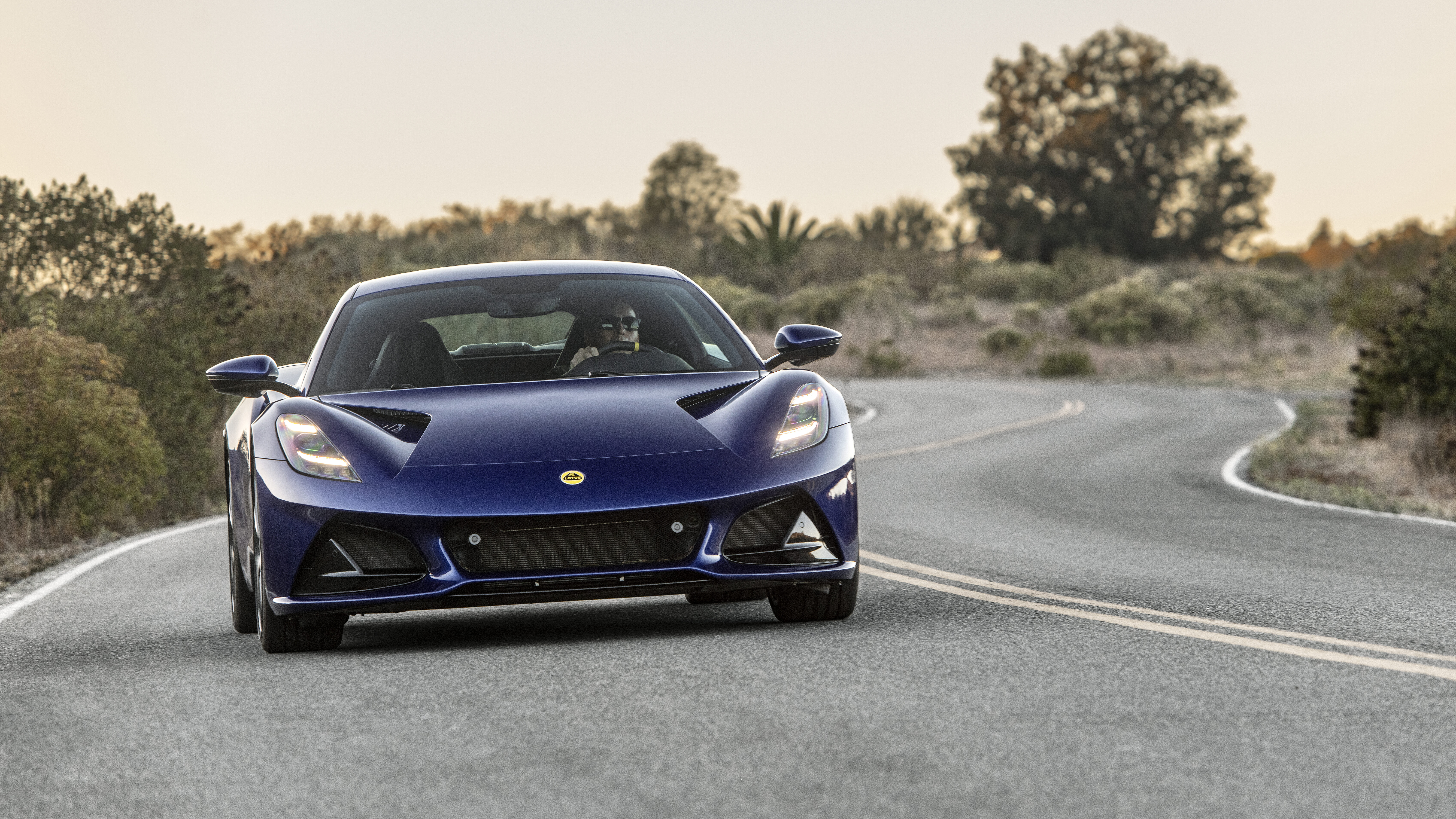
However, as the British automaker navigates this strange era of offering lightweight sports cars and full-size luxury electric vehicles, the Lotus Emira 2.0T seems more tied to its legacy than its future. However, unlike the Elise, Evora or even the manual V6 Emira, its appeal extends far beyond those who want to wake up early for the perfect drive. Enjoying it doesn’t require ideal conditions. Its most important achievement is not that it’s a sexy sports car but rather an automatic Lotus that you’d like to have instead of a manual. It’s finally able to be the right solution for one car.
